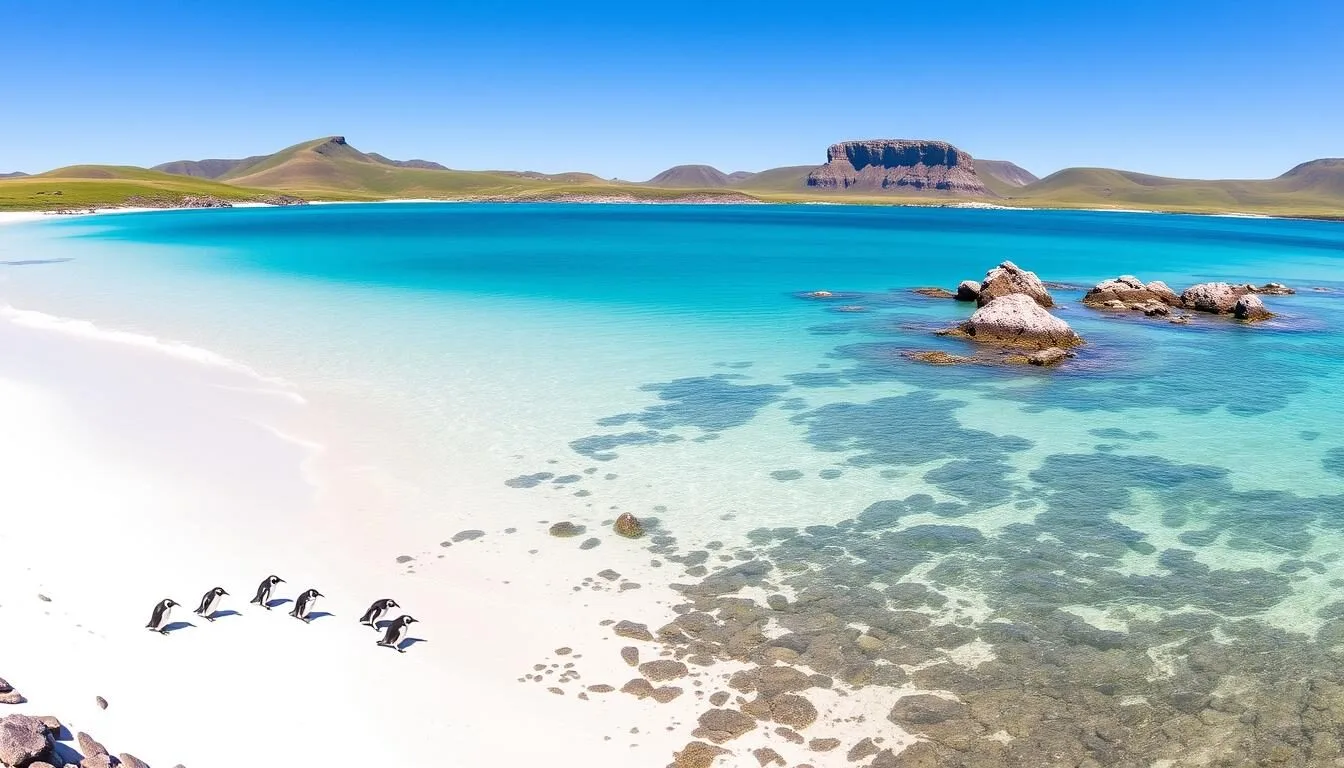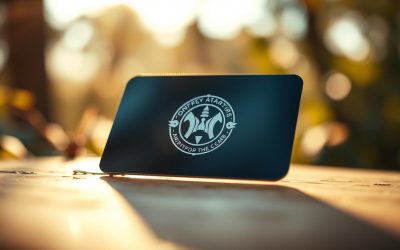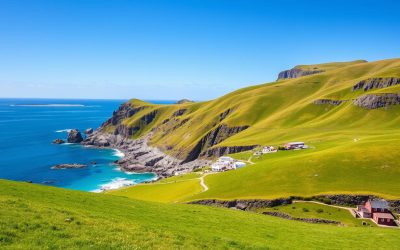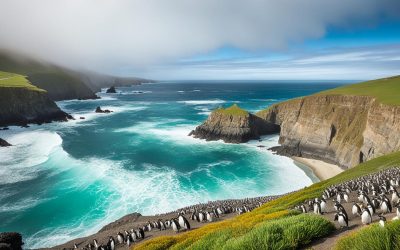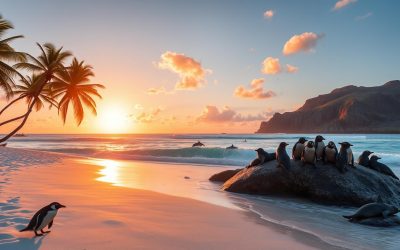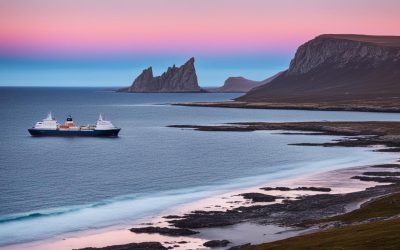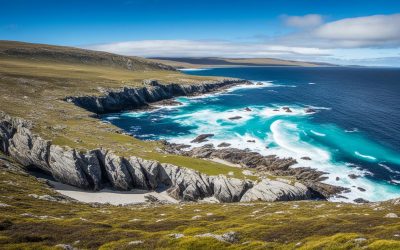Did you know the Falkland Islands are home to five different species of penguins, with a combined population exceeding one million birds? This remote South Atlantic archipelago, where penguins outnumber people by nearly 350 to 1, offers one of the world’s most extraordinary wildlife experiences. Located about 300 miles east of South America’s southern Patagonian coast, the Falklands comprise two main islands and over 700 smaller ones, creating a pristine wilderness paradise for nature enthusiasts, history buffs, and adventure seekers alike.
Overview of the Falkland Islands
The Falkland Islands offer a truly exceptional experience with their unpolluted environment, clear blue skies, and stunning white sand beaches. This British Overseas Territory is a natural paradise where visitors can immerse themselves in island life, get up close with incredible wildlife, explore unique history, and enjoy outdoor adventures in pristine landscapes. With a small population of just over 3,000 people, the islands provide an escape from the everyday stresses of modern life.
The archipelago is divided between East Falkland (home to the capital Stanley) and West Falkland, plus numerous outer islands each with their own distinct character and attractions. Whether you’re seeking wildlife encounters, battlefield history, hiking opportunities, or simply the chance to experience one of the world’s most remote and fascinating destinations, the Falklands deliver unforgettable experiences in abundance.
Getting to the Falkland Islands
Reaching this remote archipelago requires some planning, but the journey is part of the adventure. There are two main routes to the Falklands:
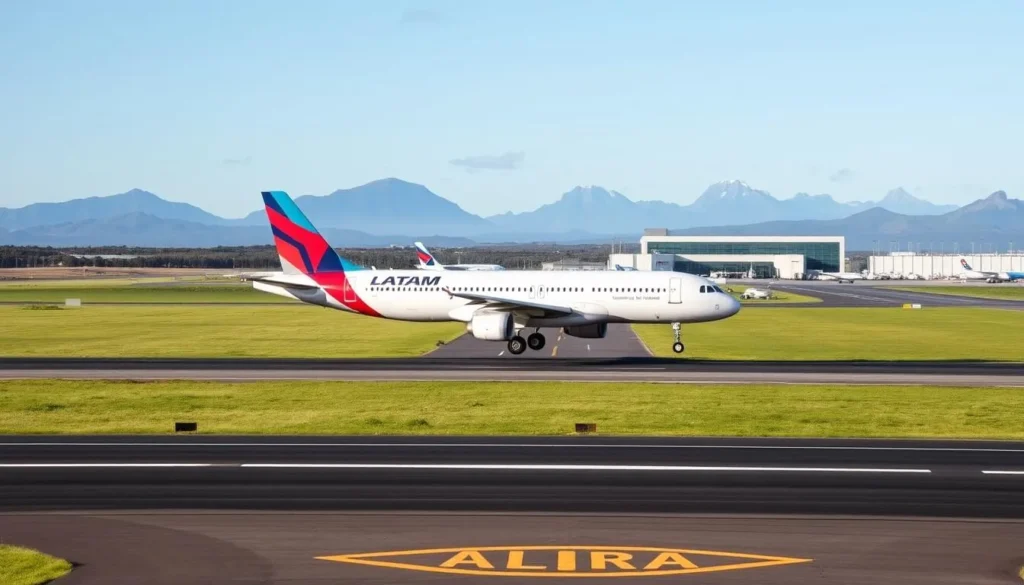
By Air
The most common way to reach the Falklands is by air. LATAM operates a weekly flight from Santiago, Chile with a stopover in Punta Arenas. This route typically operates on Saturdays. Additionally, the Royal Air Force (RAF) runs twice-weekly flights from Brize Norton in Oxfordshire, UK. These flights stop at Ascension Island and take approximately 18 hours. While the RAF flights were historically only available to military personnel and residents, a limited number of seats are now available to tourists.
By Sea
Many visitors arrive via expedition cruise ships that include the Falklands as part of broader South Atlantic or Antarctic itineraries. These typically depart from Ushuaia (Argentina), Punta Arenas (Chile), or occasionally from ports in Uruguay or Brazil. Cruise season runs from October to April, with December to February being peak months.
Ready to Start Your Falklands Adventure?
Find the best flight deals to the Falkland Islands and start planning your journey to this remote wildlife paradise.
Best Time to Visit
The Falkland Islands experience a cool temperate climate influenced by the surrounding ocean. The best time to visit depends on your specific interests:
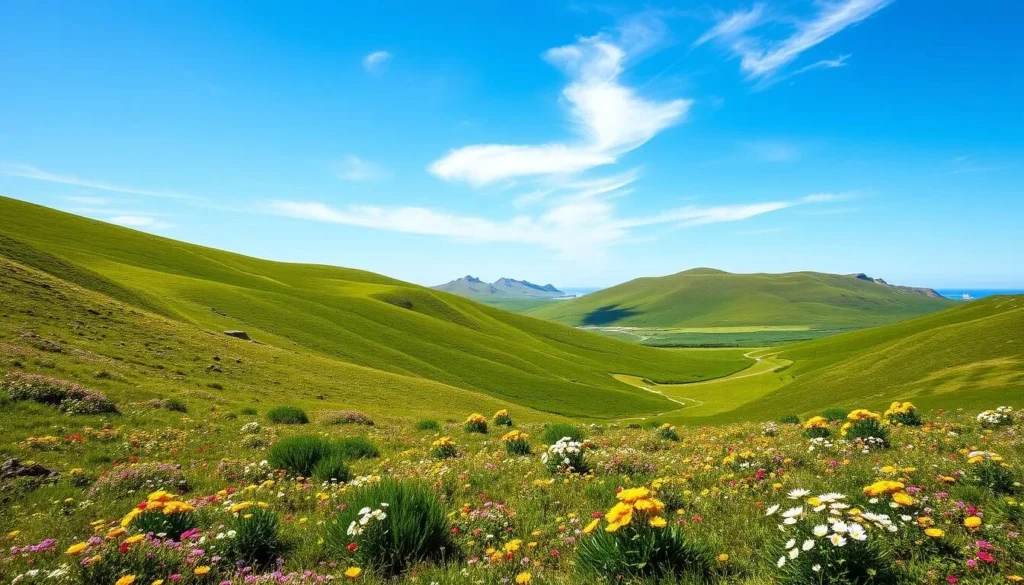
Summer (December-February)
Peak season with the warmest temperatures (averaging 10-15°C/50-59°F). This is the ideal time for wildlife viewing as penguin chicks are hatching and seal pups can be seen. Days are long with up to 18 hours of daylight, maximizing exploration time. However, this is also the busiest and most expensive period.
Shoulder Seasons (Oct-Nov & Mar-Apr)
These months offer fewer tourists and lower prices while still providing good wildlife viewing opportunities. October-November sees the arrival of migratory birds and penguins establishing colonies, while March-April features elephant seals and sea lions. Weather is more variable but still manageable for most activities.
Winter (May-September)
The coldest months with temperatures between 0-5°C (32-41°F). While many wildlife species have departed, this period offers a unique perspective on island life and the opportunity to experience the Falklands like a local. Some accommodations and tour operators close during this period, so advance planning is essential.
Exploring Stanley
Stanley, the capital and only real town in the Falkland Islands, is home to about 75% of the islands’ population. This colorful settlement with its distinctly British character makes an excellent base for exploring and offers several attractions of its own.
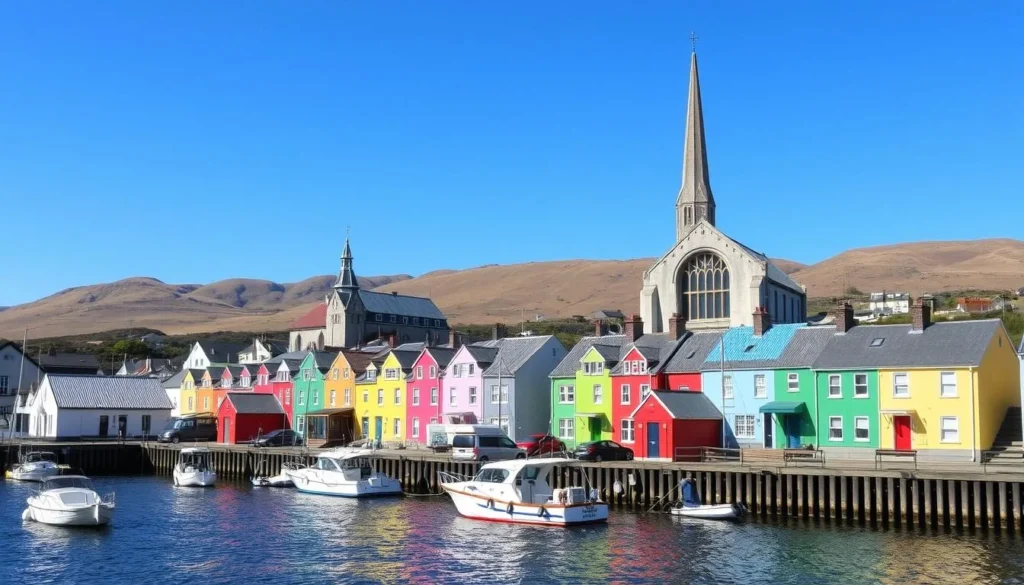
Top Things to Do in Stanley
Stanley also offers several charming pubs, cafés, and gift shops where you can purchase locally-made souvenirs. The Falkland Beerworks is worth a visit to sample craft beers with locally-inspired names, while the Waterfront Boutique Hotel restaurant and Malvina House Hotel offer excellent dining options.
Find Your Perfect Stay in Stanley
From charming guesthouses to comfortable hotels, book your accommodation in Stanley and enjoy the perfect base for exploring the Falkland Islands.
Wildlife Encounters
The Falkland Islands are a wildlife enthusiast’s dream, offering some of the most accessible and diverse wildlife viewing opportunities in the world. With minimal crowds, you can observe fascinating species up close in their natural habitats.
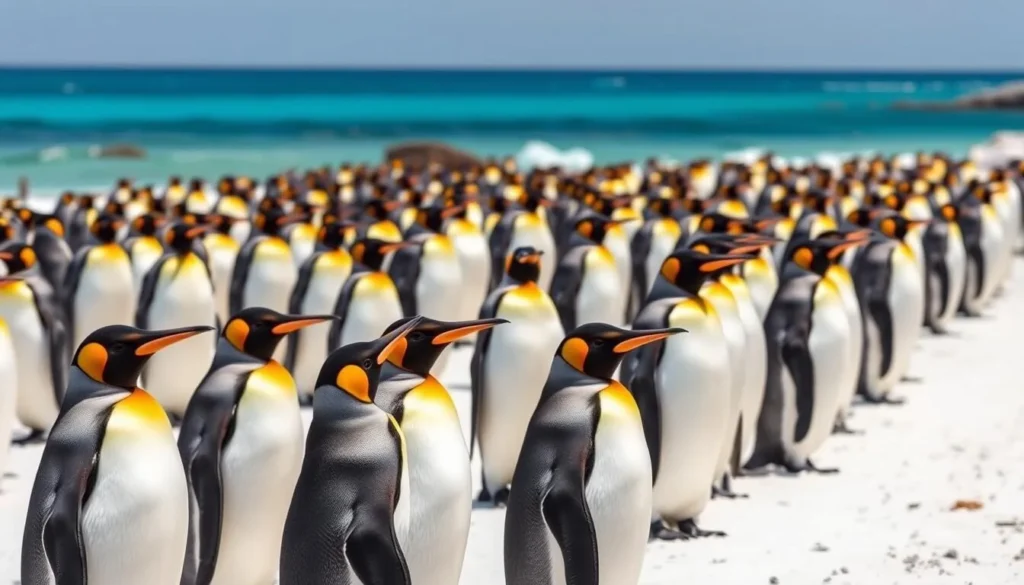
Penguin Colonies
The Falklands are home to five penguin species, each with distinct characteristics:
King Penguins
The second-largest penguin species, recognizable by their bright orange-gold neck patches. The main colony is at Volunteer Point on East Falkland, where over 1,000 breeding pairs can be observed year-round. Unlike other penguins, king penguins have a unique 14-month breeding cycle.
Rockhopper Penguins
These small, feisty penguins with distinctive yellow crests can be found on several islands, including Pebble Island and Saunders Island. They’re known for their remarkable ability to hop up steep cliffs from the sea to their nesting sites.
Gentoo Penguins
The Falklands host the world’s largest population of gentoo penguins, recognizable by their bright orange bills and white eye patches. Major colonies can be found at Volunteer Point, Gypsy Cove, and several outer islands.
Magellanic Penguins
These burrowing penguins are widespread throughout the islands. Unlike other species, they nest in underground burrows rather than on open ground, making them somewhat harder to spot.
Other Wildlife
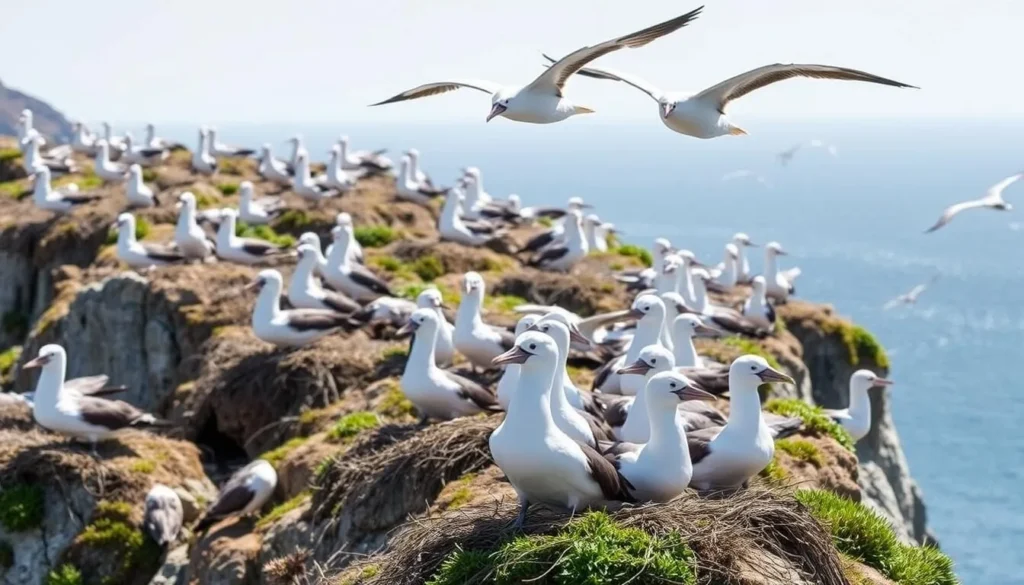
Best Wildlife Viewing Locations
While wildlife can be spotted throughout the archipelago, these locations offer exceptional viewing opportunities:
Experience Unforgettable Wildlife Tours
Book guided wildlife excursions with expert naturalists who can help you spot and identify the Falklands’ incredible animal species.
Exploring the Outer Islands
While Stanley provides an excellent base, the true magic of the Falklands lies in its outer islands. Each has its own distinct character, landscapes, and wildlife populations. Visiting these remote outposts offers an unparalleled sense of wilderness and isolation.
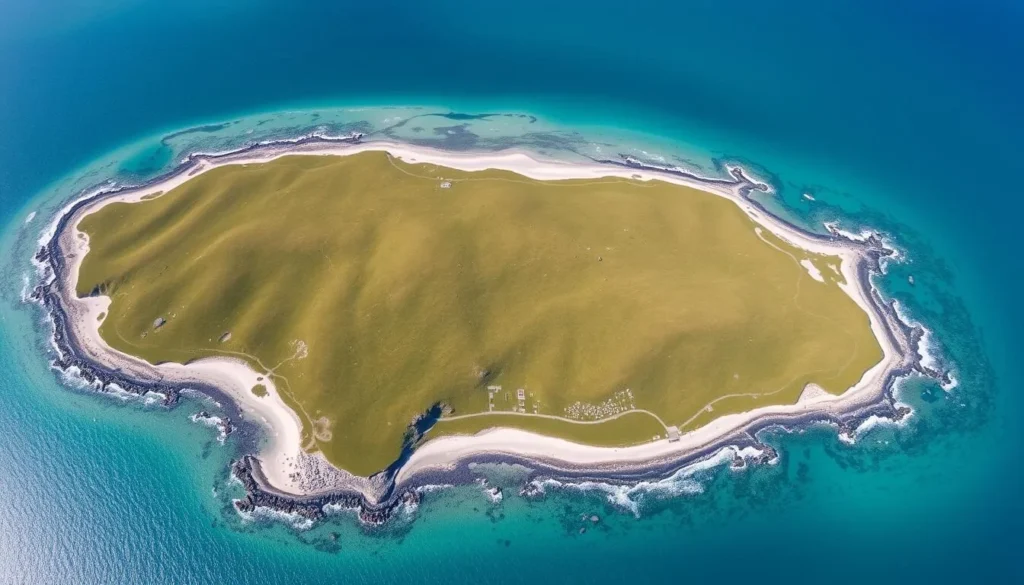
How to Visit the Outer Islands
The Falkland Islands Government Air Service (FIGAS) operates small aircraft that connect Stanley with the outer islands. These flights not only provide transportation but also offer spectacular aerial views. Alternatively, some islands can be visited as part of organized cruise itineraries. For budget travelers, “Round Robin” flights allow you to experience multiple islands in a single day at a reduced cost.
Notable Outer Islands
Pebble Island
Named for its distinctive beach stones, Pebble Island offers diverse landscapes from long sandy beaches to rocky cliffs. It’s home to gentoo, Magellanic, and rockhopper penguins, plus historical sites from the 1982 conflict including aircraft wreckage. The island’s lodge provides comfortable accommodation.
Carcass Island
This predator-free island is a paradise for small birds and features beautiful beaches and rolling hills. The absence of rats and cats means that ground-nesting birds thrive here. The island’s small lodge is known for its exceptional hospitality and home-baked treats.
Sea Lion Island
The southernmost inhabited island in the Falklands is a wildlife sanctuary with elephant seals, sea lions, and five penguin species. At just 5 miles long, it’s easy to explore on foot from the comfortable Sea Lion Lodge.
Saunders Island
Home to “The Neck,” a narrow strip of land where four penguin species and black-browed albatrosses nest in close proximity. The island also has historical significance as the site of the first British settlement in 1765.
Most outer islands offer accommodation in small lodges or self-catering cottages. These typically provide full board arrangements with home-cooked meals featuring local ingredients. Advance booking is essential as capacity is extremely limited, especially during peak season.
Historical Sites and Battlefield Tours
The Falkland Islands have a rich and sometimes contested history, from early settlements to the 1982 conflict between Britain and Argentina. History enthusiasts will find numerous sites of interest throughout the archipelago.
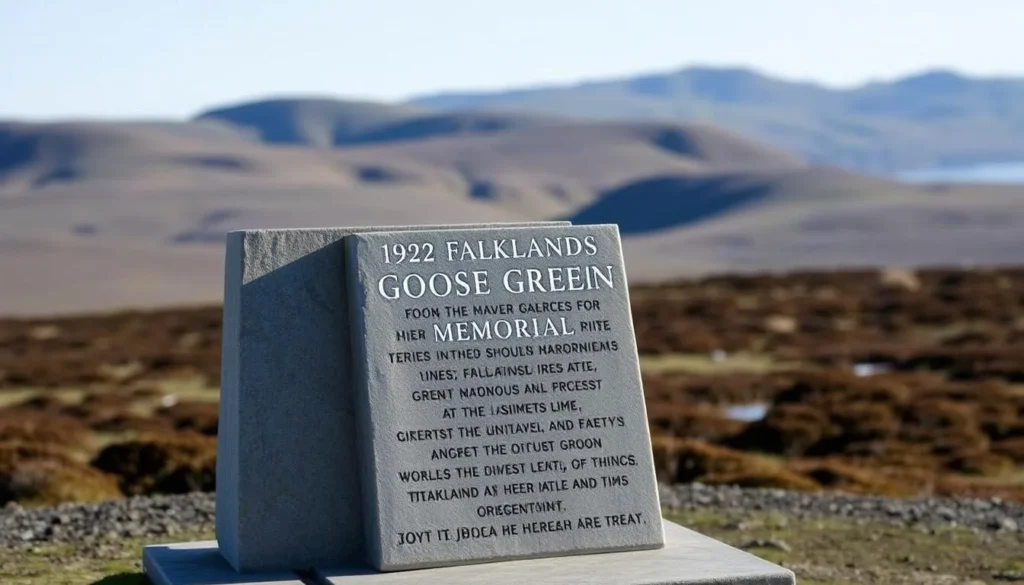
1982 Conflict Sites
The 1982 conflict between Britain and Argentina lasted just 74 days but left a significant mark on the islands. Several sites related to this period can be visited:
Early Settlement History
Before the 1982 conflict, the Falklands had a fascinating history of exploration and settlement:
Guided battlefield tours are available from Stanley, providing historical context and access to sites that might be difficult to find independently. These tours are often led by locals with personal connections to the events of 1982, adding valuable perspective to the experience.
Outdoor Activities and Adventures
The pristine landscapes of the Falkland Islands provide the perfect backdrop for outdoor enthusiasts. From gentle coastal walks to challenging hikes, there are options for all fitness levels.
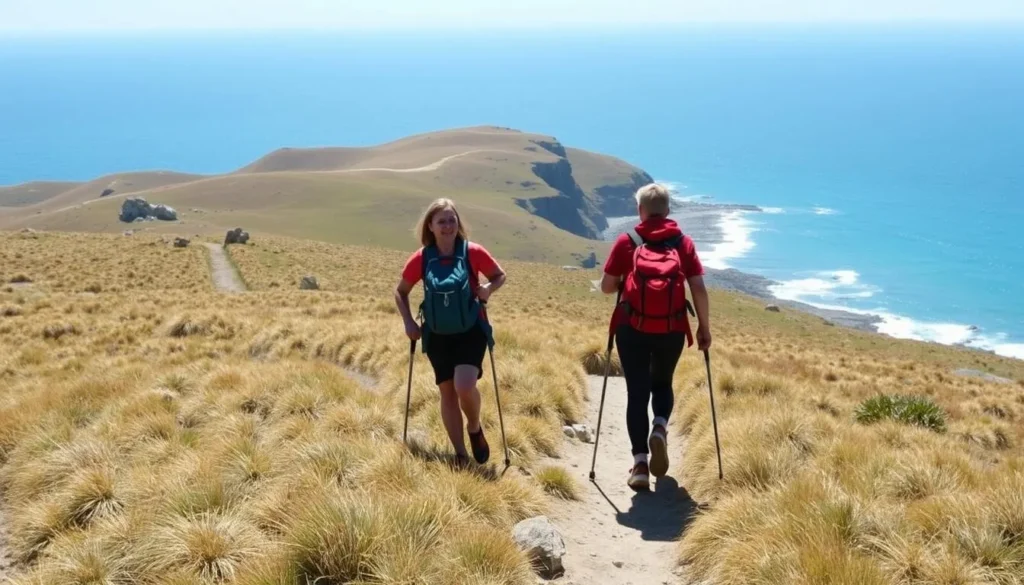
Hiking and Walking
The Falklands offer numerous hiking opportunities, from short nature walks to full-day treks. Some popular routes include:
When hiking in the Falklands, be prepared for rapidly changing weather conditions and challenging terrain. Always inform someone of your plans, carry appropriate gear, and be aware that mobile phone coverage is limited outside Stanley.
Fishing
The Falklands offer excellent fishing opportunities, particularly for sea trout and mullet. Many rivers and estuaries provide good fishing spots, and most landowners are happy to grant permission for fishing on their property. Local guides can provide equipment and advice on the best locations based on seasonal conditions.
Photography
With its dramatic landscapes, abundant wildlife, and quality of light, the Falklands is a photographer’s paradise. The accessibility of wildlife means even amateur photographers can capture exceptional images. Consider bringing a zoom lens for wildlife and a wide-angle lens for landscapes. The ever-changing weather creates dramatic lighting conditions that can transform ordinary scenes into extraordinary photographs.
Explore at Your Own Pace
Rent a vehicle to discover the accessible parts of the Falkland Islands independently. 4×4 vehicles are recommended for the terrain.
Practical Information
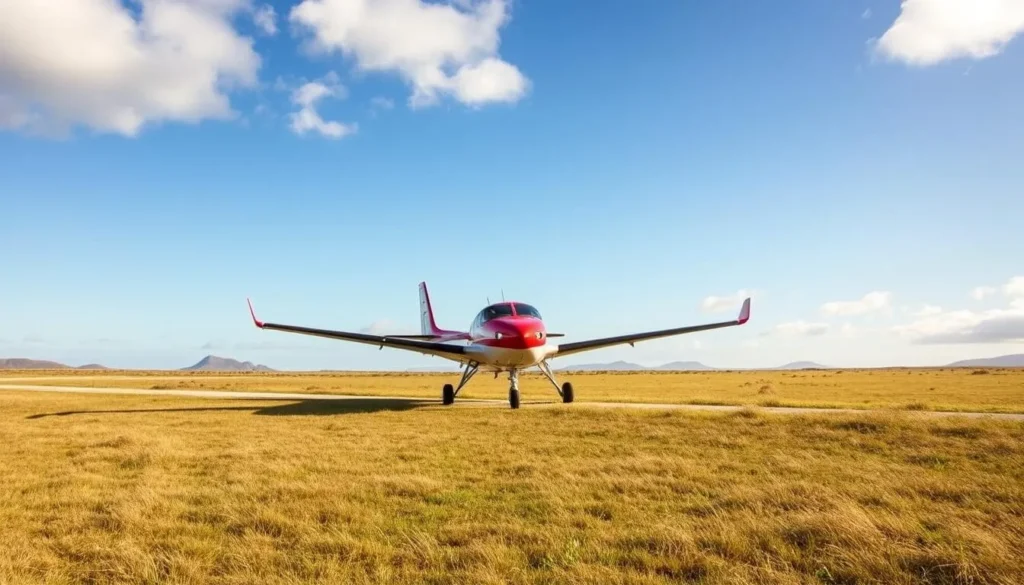
Getting Around
Transportation in the Falklands requires some planning:
Accommodation
The Falklands offer various accommodation options:
Advance booking is essential, especially during the peak summer season when accommodations fill quickly with cruise ship passengers and other visitors.
Money and Communications
The Falkland Islands pound (FKP) is the local currency, which is at parity with the British pound (GBP). British pounds are widely accepted, but other currencies generally are not. There’s only one bank in Stanley, though most establishments in town accept credit cards. ATM facilities are limited to Stanley.
Internet access is available in Stanley and at most accommodations, though speeds may be slower than you’re accustomed to. Mobile phone coverage is good in Stanley but limited elsewhere. Some international roaming agreements exist, but it’s worth checking with your provider before travel.
Health and Safety
The Falklands have a small hospital in Stanley but limited medical facilities elsewhere. Comprehensive travel insurance with evacuation coverage is strongly recommended. The islands are generally very safe with minimal crime, but outdoor hazards include rapidly changing weather and challenging terrain. Some areas still contain unexploded ordnance from the 1982 conflict; these are clearly marked and should be avoided.
Local Cuisine and Dining
Falklands cuisine is characterized by hearty, home-cooked meals using locally sourced ingredients. The islands’ culinary traditions reflect their British heritage with some unique local adaptations.
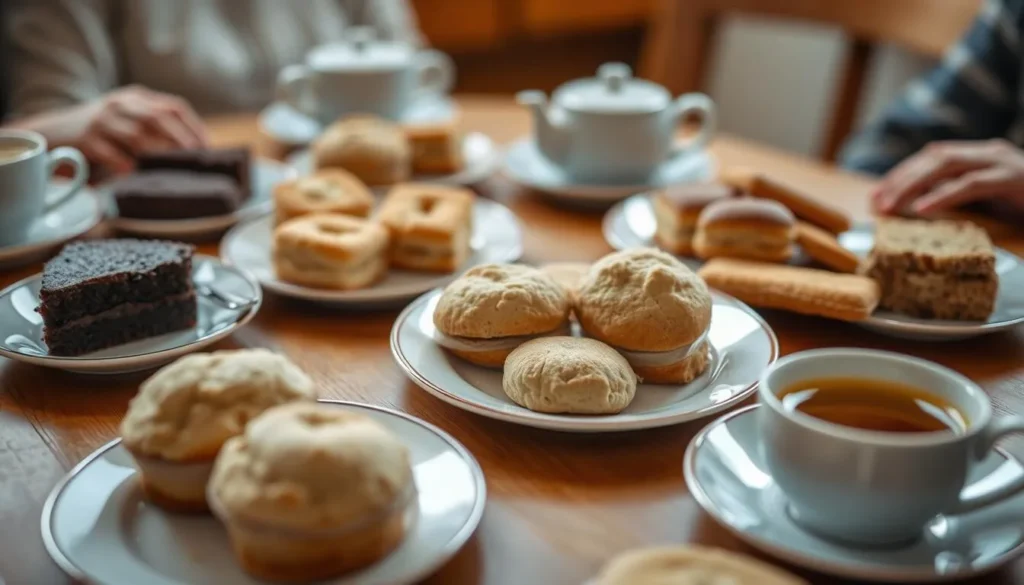
What to Try
Where to Eat
In Stanley, several restaurants and cafés offer good dining options:
On the outer islands, meals are typically provided by the lodges as part of full-board packages. These home-cooked meals often feature produce from the islands’ gardens and locally raised meat, creating an authentic farm-to-table experience.
Plan Your Falkland Islands Adventure
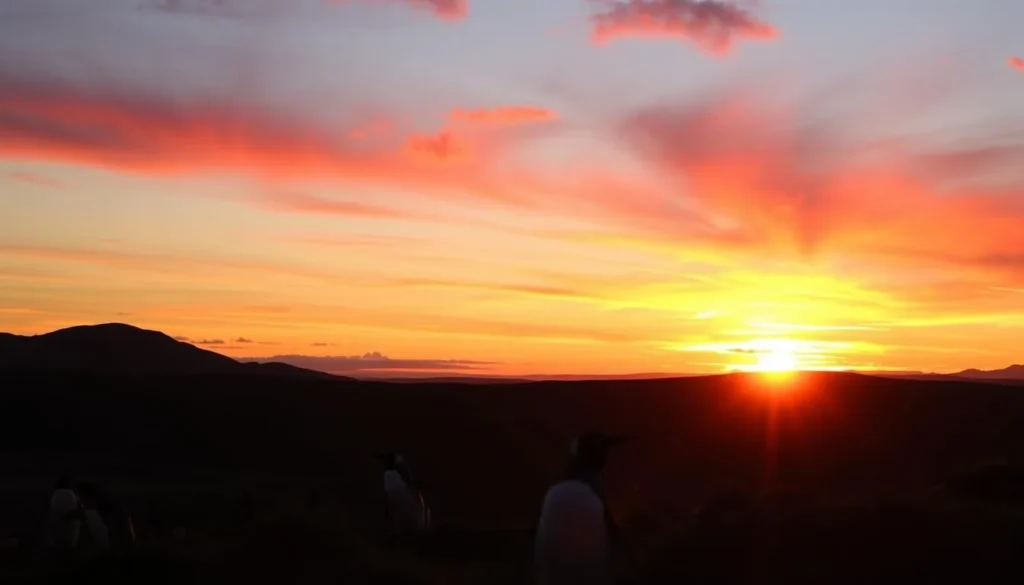
The Falkland Islands offer a truly unique travel experience that combines extraordinary wildlife encounters, fascinating history, stunning landscapes, and warm hospitality. Whether you’re watching king penguins waddle along pristine beaches, hiking across rolling hills dotted with unusual stone runs, exploring battlefield sites, or simply enjoying the peaceful rhythm of island life, the Falklands will leave you with memories to last a lifetime.
This remote archipelago may require more planning than conventional destinations, but the rewards are immeasurable. Here, in one of the world’s last great wilderness areas, you’ll find an authentic experience far from the crowds and commercialization of mainstream tourism. The Falkland Islands welcome adventurous travelers with open arms and unforgettable experiences.
Ready to Experience the Falkland Islands?
Start planning your journey to this extraordinary destination where penguins outnumber people and adventure awaits around every corner.
